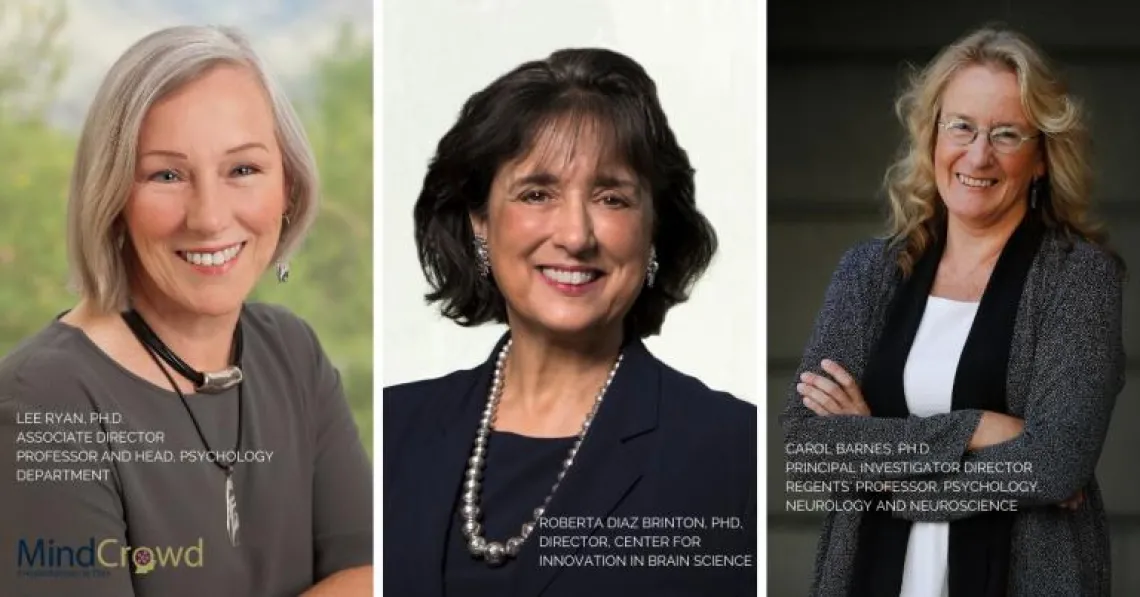Diversity in Science: Making a Difference on Aging Brain Research

Discover how aging brain research benefits from diversity in science. And help address disparities in health by taking the MindCrowd online test.
When we learned about Dr. Huentelman’s MindCrowd project and his team of scientists, two things caught our attention. First, he achieved diversity in science. His team consists of more women than men with a variety of backgrounds. Next, his cognitive function and aging brain research study was designed to allow everybody to participate.
Achieving diversity in science is no simple feat. Science can benefit from the varied perspectives brought about by a diverse team. Each team member contributes different approaches to problem-solving and research analysis.
Not only has this team achieved diversity in science in their workplace, they also want to engage the largest and most diverse group of people to take part in the MindCrowd study. Many demographic groups (including women and Latinos) are often absent from clinical trials and scientific research studies. Minorities’ lifestyles, genetics and environmental factors are not studied or taken into account. This lack of representation has serious consequences like inaccurate findings and/or healthcare disparities.
MindCrowd is the largest online scientific research of the aging process. Backed by the Translational Genomics Research Institute (TGen) in collaboration with the Universities of Arizona, Miami, Emory and John Hopkins.
Its goal is to find out how to extend quality of life by helping people keep their cognitive abilities in old age. In simple terms, they are trying to help us keep our thinking, learning, understanding skills and working memory for as long as we live.
Given the impact of the study, we sat down with Dr. Matt Huentelman, TGen’s Professor of Neurogenomics and Dr. Carol Barnes, Regents Professor and Director of the Evelyn F. McKnight Brain Institute at the University of Arizona, to learn about this powerful project and to listen to some of their insights on achieving diversity in science.

